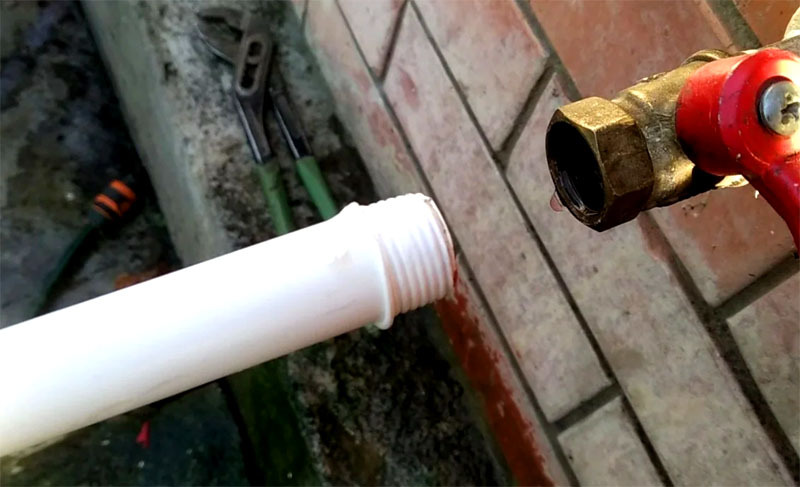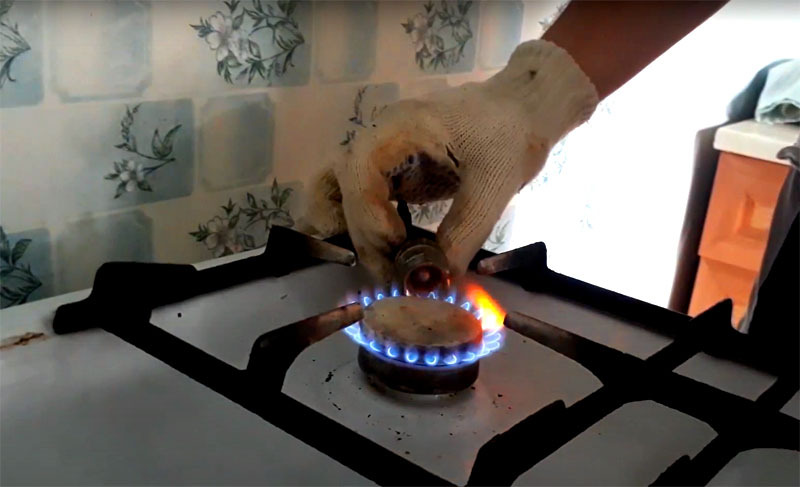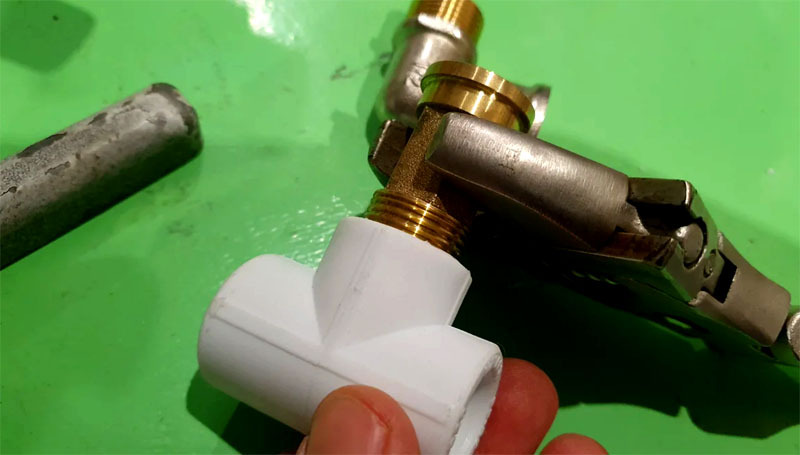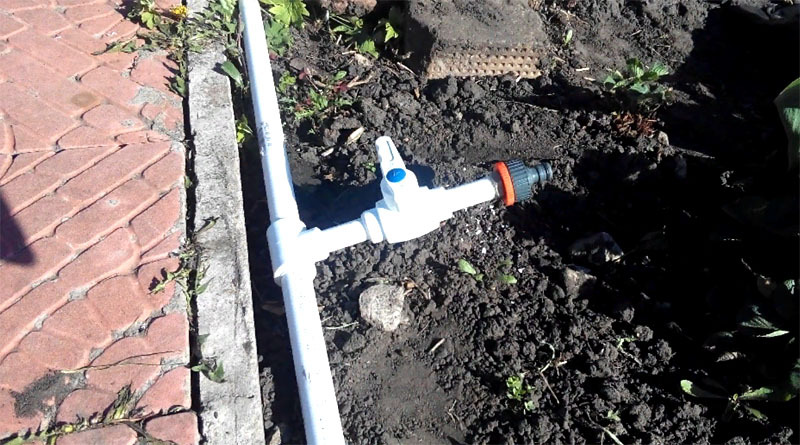Rigid polypropylene pipes are very durable and practically eternal. They help solve the problems of plumbing, heating and the creation of frame structures for various purposes. But for their connection, a special welding machine is required. Primitive, but indispensable. And plus to everything, the attachment points are already, as they say, for centuries - you won't find them later, if the need arises. But what if the task is to make a collapsible structure from pipes? The way out is obvious: you need to fasten it to threaded connections. And now we will talk about how to make them.
Read in the article
- 1 What can be used to cut a polypropylene pipe
- 2 Hot way of threading
- 3 Cold method of threading on polypropylene pipes
- 4 Do I need to cut this thread?
What can be used to cut a polypropylene pipe
If there is no special tool at hand for this purpose, you can get by with brass fittings, which are easy to select for the pipe diameter. Accordingly, for external threads, you need a female fitting and vice versa.

Hot way of threading
It is much easier to hot-cut a polypropylene pipe. For this, the same welding machine or construction hair dryer is useful. They need to warm up the pipe, then push it onto the fitting, and then crank it to the desired depth. And leave to cool.

The heated plastic is easy to deform, so there will be no problems in the process, although awkward actions can disrupt the ideal threads.
The cold method in this regard is a more controlled process.
Cold method of threading on polypropylene pipes
It is also possible to cut threads using fittings without heating. Only now you need a vise for fixing. It is necessary to fix the fitting and, using force, screw the pipe onto it. This process has the advantage of producing crisp thread lines without high temperatures. There is only the danger of exerting unnecessary force, because of which the pipe may simply burst.

Do I need to cut this thread?
Immediately in response to those who say that there is no point in reinventing the wheel. Yes, threaded connections on polypropylene pipes are unreliable. This option cannot be used for plumbing in an apartment building, it's like voluntarily planting a bomb in your apartment. The slightest increase in pressure - and a leak will appear. But to conduct water in the courtyard of a summer cottage is a good idea.

It is also possible to assemble a greenhouse, a canopy from the sun, a structure for drying clothes, a shelf for ampelous plants and even garden furniture from polypropylene pipes with threads. There are a lot of options on the network of similar structures, here are examples of such in the video:
Do you think it makes sense to use threaded connections in structures made of polypropylene pipes? Maybe you are already using them? Share your opinion and experience in the comments!



